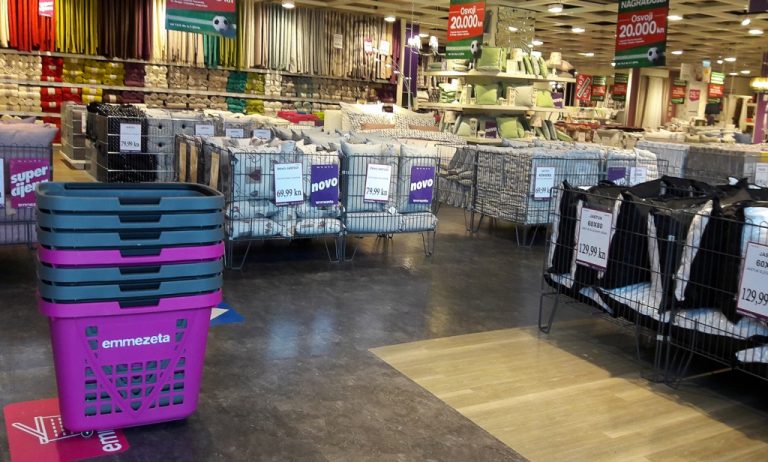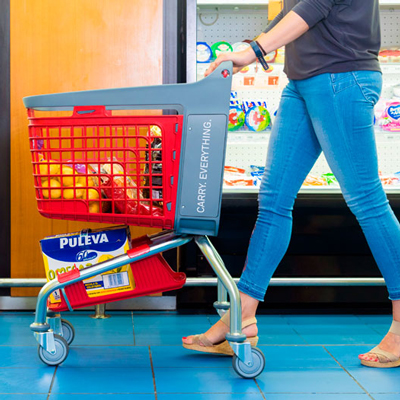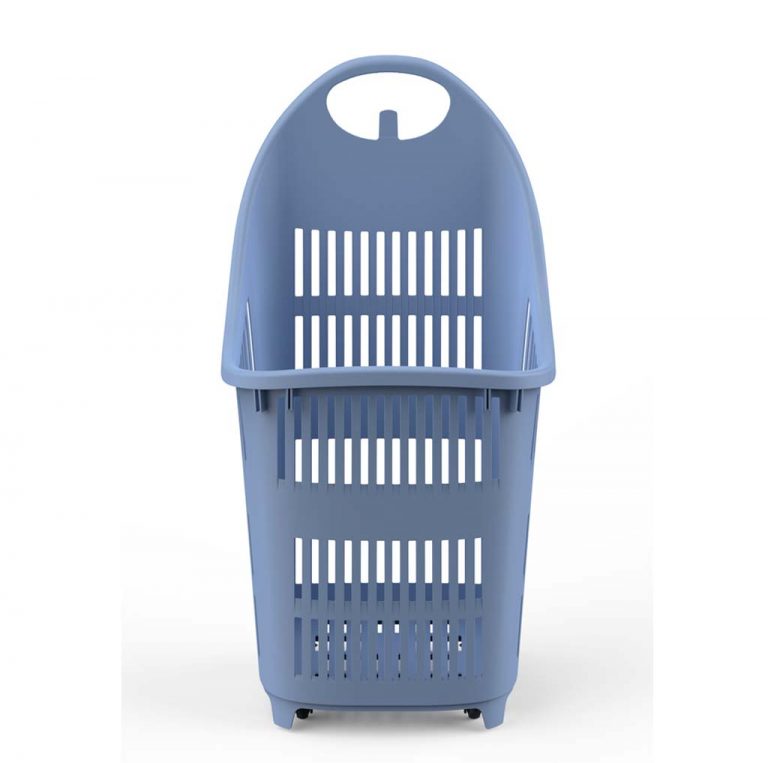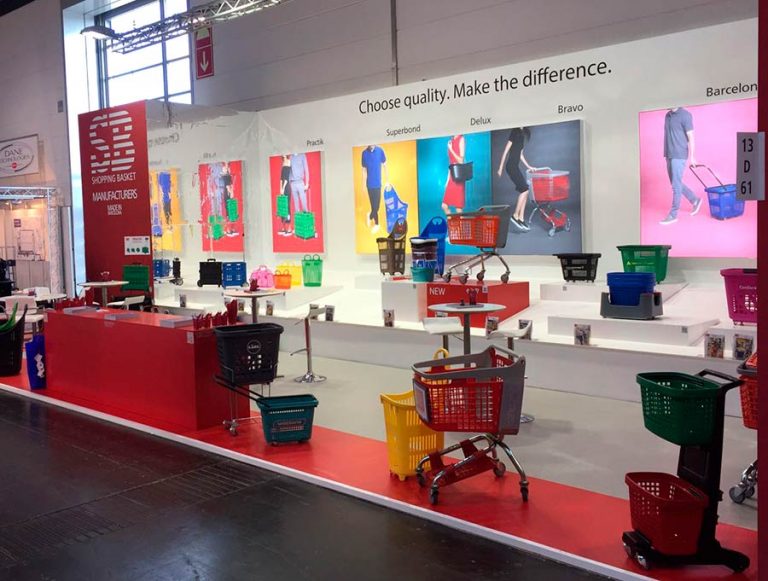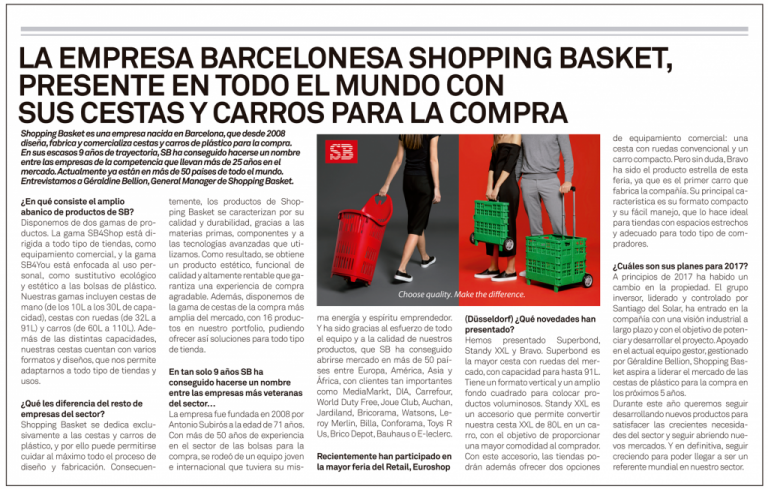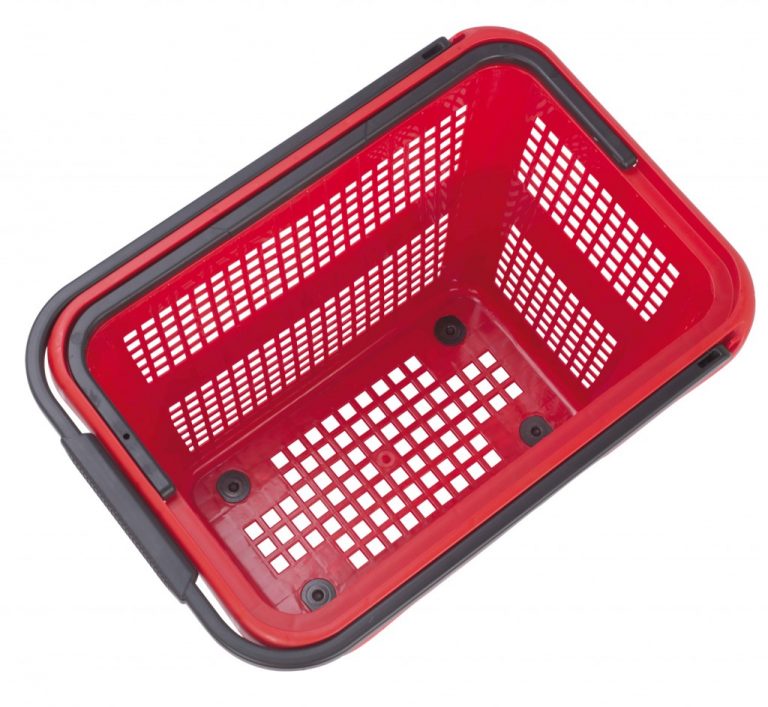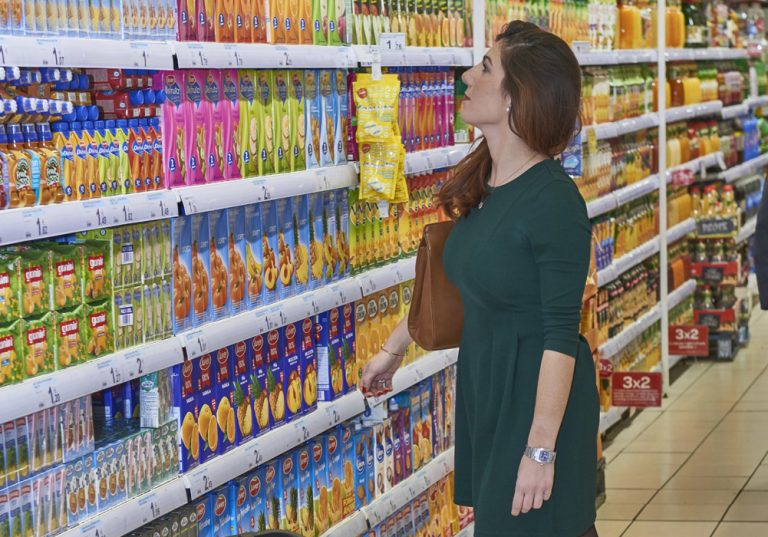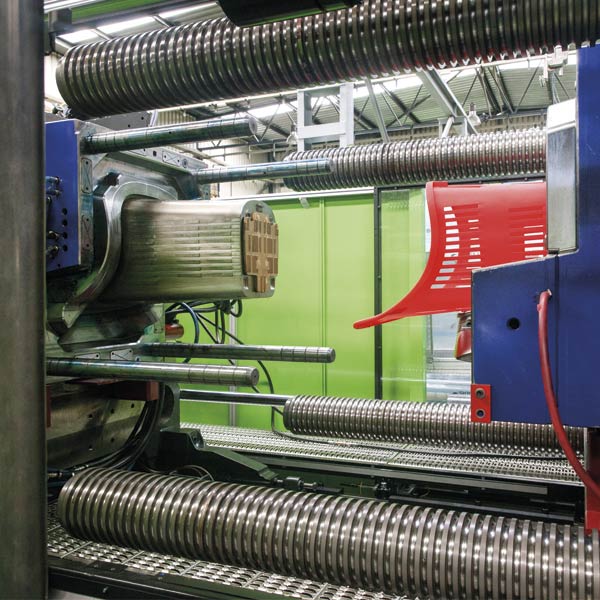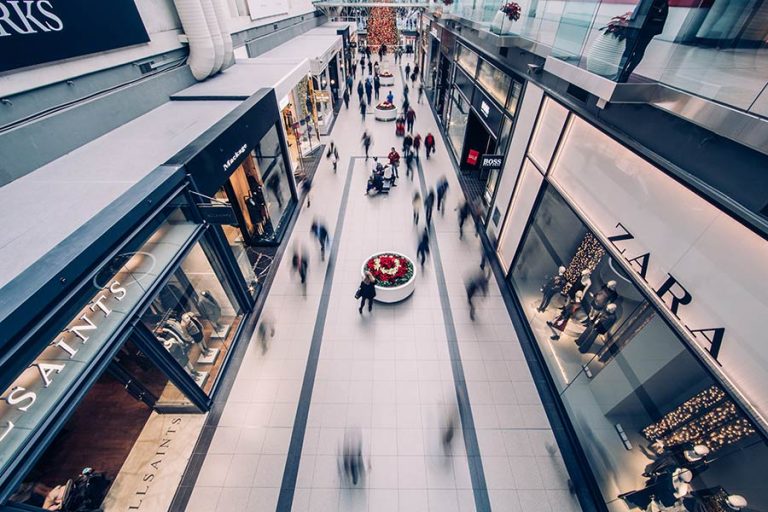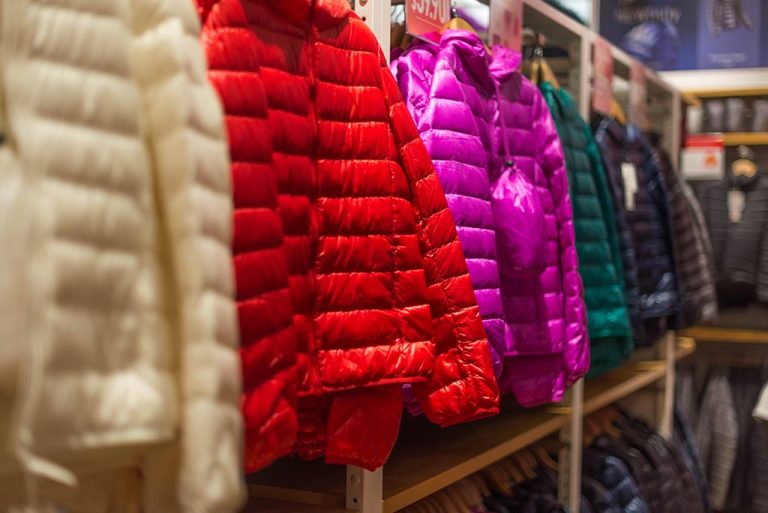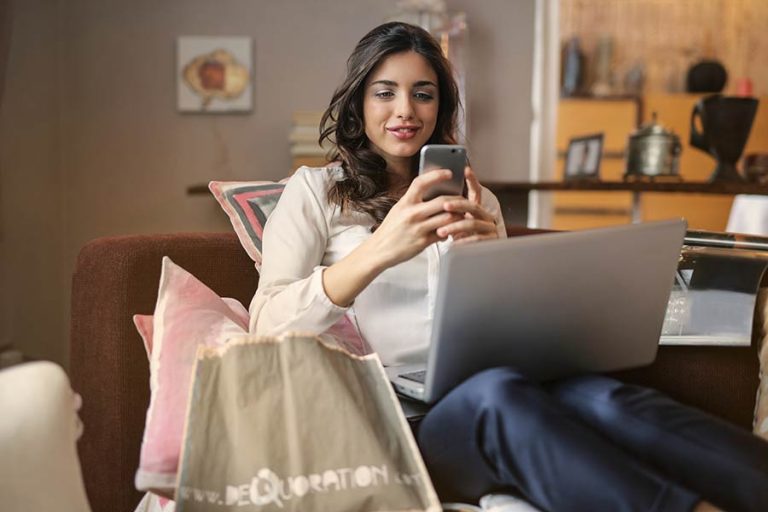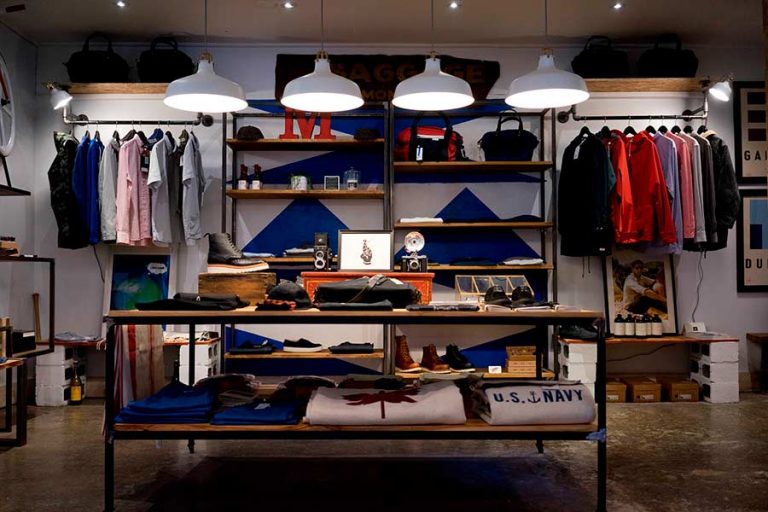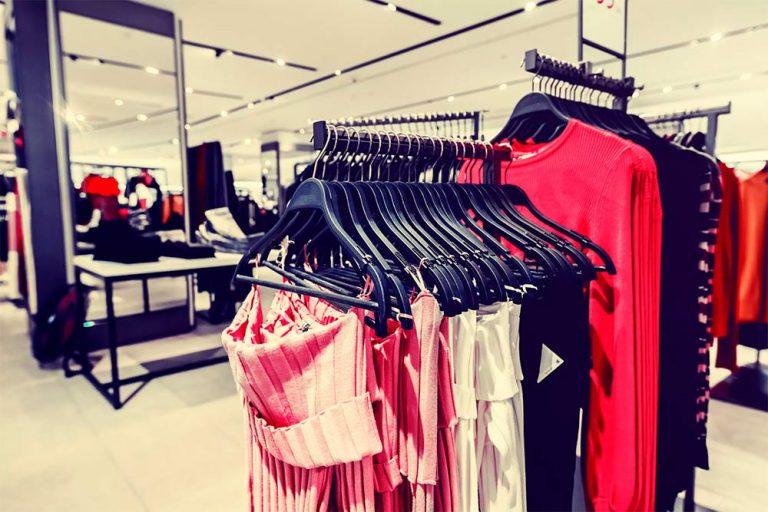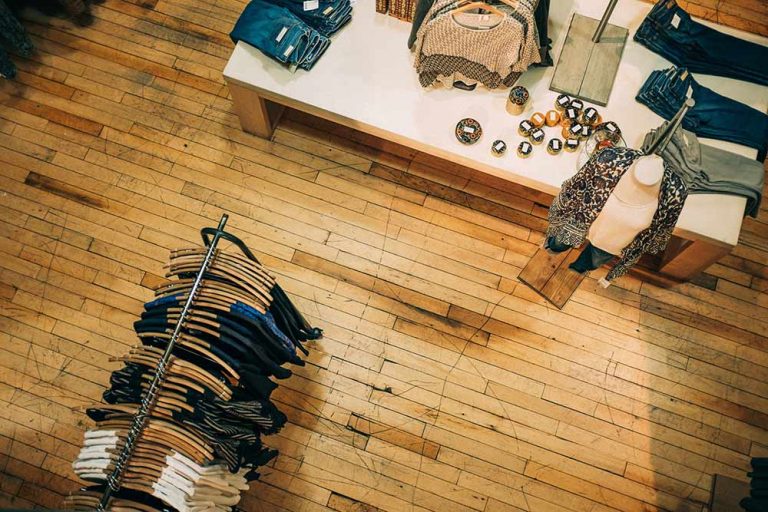Sensory retail ergonomics
Have you ever wondered how all our senses and spirits influence the purchase decision? Retail ergonomics is the specialty that aims at well-being in every sense of buyer at the point of sale. In this way, the goal is to make you feel comfortable when shopping and that all your senses are harmoniously stimulated to promote purchases in the establishment.
Sensory ergonomics is based on emotions and sensations and incorporates them into the marketing strategy. The stimulation of the senses will activate impulses that will cause reactions in consumers. The stimulation of the senses while feeling an emotion creates an anchor, and if this is positive, it will favor loyalty and positive encouragement for the brand.
THE EVOLUTION OF RETAIL ERGONOMICS
- In Ancient Greece (AD 5th century) utensils and tools were designed that were ergonomic to the human being.
The word “ergonomics” is made up of the etymological root ERGON that means “work” and the suffix NOMOS which means “laws”.
- At the beginning of the Industrial Revolution of the 19th century, the concept of ergonomics in the workplace began to gain strength. Fatigue, accidents and occupational diseases are reduced, which reduces absenteeism and increases job satisfaction. The term “corrective ergonomics” appears, which aims to optimize each activity taking into account psychological, physiological, hygienic, safety, etc. well-being.
- Already in the early 20th century, sociologists, psychologists, and engineers began to improve from job positions to the ambient music that played in factories. They found that harmonious stimulation of the senses increased productivity
- At the end of the 20th century, the concept of ergonomics was applied to all areas where people interact. From the aeronautical sector to the automobile sector, passing through computer science and labor or furniture, ergonomics governs its design and conception.
- In recent decades, the concept of ergonomics has been extended to users and buyers, seeking their absolute well-being to increase sales.
OBJECTIVES OF SENSORY RETAIL ERGONOMICS
According to the RDI this is the scheme of the implantation of a concept based on the theory of sensory ergonomics:
- The absolute feeling of well-being: this way you will be relaxed and receptive
- Physical
- Mental
- Spiritual
- Increase volunteer shopper time in-store
- Increase your average ticket sale
- Recurring visits to your store
- Customer loyalty
WITH THE FOLLOWING OBJECTIVES:
- Encourage purchaseStimulating all the buyer’s senses aims to develop the scenic box as much as possible. Thus, our brand strengthens its position in the buyer’s mind, which facilitates the conversion for sale.
- Strengthen brand identityIn this way, we differentiate ourselves from the competition and it is registered in this way in the mind of the buyer.
- Create a pleasant shopping process the buyer has a positive shopping experience, their loyalty will be consolidated.
ELEMENTS THAT DESCRIBE A RETAIL CONCEPT
A. SCENIC BOX:
It is the set of elements and looks that we use to convey the message of our brand. The choice of these will be based on the need to transmit the brand value and not only on aesthetic criteria.
1. Interior design and look and feel of the physical store
Elements that play a key role:
- Floor pavements
- Wall cladding
- Furniture
- Illumination
- Color palette
- Physical space management
- Proposed tour
- Textures and materials
- Smells
- Impacts from the technology used
- Ambient music
- Other sounds
There is a study that shows how music has an effect on us when buying. This experiment demonstrated how, while French music was playing in the background, sales of French wines increased. However, as French background music changed to German, the sale of German wines increased.
Strengthening our brand in the stage box allows us to distance ourselves from the competition and position ourselves clearly in the mind of the user.
When developing our brand, we must use all the tools that stimulate the buyer’s senses.
When buyers enter our stage box, all of these stimuli are passively present, so buyers perceive them without really realizing their impact.
In addition, we can continue transmitting these sensations through the packaging of our products. Extending, even so, the sensory shopping experience.
We have many tools in our favor to enhance sensory ergonomics, from the logo, the colors that we use on the stage box, the music that is playing, and the aromas that we perceive.
All together will create a sensory experience that will impact the subconscious of the users.
The set of all these elements creates a sensory footprint that will remind them of that brand.
2. Look and attitude of the team in-store
The team of people who work in the store is the extension of this scenic box and the idea that the client will have of the brand. Then, the following aspects must be taken into account:
- The tone used
- The type of interaction between customers and staff
- Speaking with clients
- Socialization processes with clients
- Interaction with commercial equipment
- Store staff location
- The clothing, neatness, and hygiene of the staff
It is very important that the whole set is standardized in order to transmit a cohesive and continuous message. In addition, the same vibration must be achieved in all the stores that the brand has, so it is necessary to establish homogeneous guidelines and train the staff.
That is why the team will transmit the personality and values of the brand. In many cases, the first and last thing the buyer perceives is the team of people who work there. So that the interaction that this perceives will be part of the product and the brand that it has acquired.
PURCHASING PROCESS
- Physical wellness
These are the characteristics traditionally treated by ergonomics.
A. Vendor
As we mentioned before, the feeling that the client receives after interacting with store assistants is part of the emotion that the brand wants to transmit. Workers who want to be ambassadors of their brand must be comfortable and committed to it. For this, it is very important to provide them with the best working conditions:
- The work processes must be optimized to carry out the activity in the fastest way while being practical and orderly.
All the elements that are part of the shopping experience must be taken into account as part of the scenic box. From the hangers used to the price tag, etc.
- Conditioning of the store: the order and cleanliness. The elements that the store team must work with, must be adequate to not slow down their work. Moreover, a sign of the good choice of these elements will be the transparency of these, since if they are adapted to the needs of the store, they will not interfere with their work.
If we look at Herzberg’s Two Factor Theory we see how there are two factors that influence workers:
SATISFACTION
Factors:
- stimulating work
- recognition
- promotions
- responsibility
- etc.
The satisfaction that is usually the result of motivational factors that can increase the satisfaction of the individual but not the disaffection.
DISSATISFACTION
Factors:
- remuneration
- labor conditions
- labor policies
- etc.
Dissatisfaction is usually a result of hygiene factors. If these factors are missing or inadequate, they cause discomfort, but their presence does not usually provoke a positive opinion, since if they are, they are usually “transparent”.
B. Vendor
You have to be able to create an environment where the buyer feels comfortable. It depends on how long you stay in the store. The longer this time is, the more sales opportunities you will have.
According to the Wall Street Journal, the Slow Shopping of brands like Origins has increased sales by between 20 and 40%. The fact of staying longer in the store increases the sale possibilities.
The elements that can help to extend the visit are closely related to ergonomics.
- Furniture: chairs, mirrors, shelves.
- Commercial equipment to transport the products you are interested in: baskets, carts and bags.
- Lighting: ambient, spot, special, etc.
- The signage: information on sections, bathrooms, prices, promotions, etc.
- Creation of different spaces: entrance, changing rooms, rest areas, etc.
Furthermore, all of these elements will be decisive in creating a pleasant shopping experience that will determine whether that customer will return or prefer a competitor.
2. Emotional well-being of the seller and the buyer
In addition to physically, the buyer has to feel good emotionally. Therefore, all factors count.
For example, having a staff that is too young or old in relation to the brand’s target can be very negative since the client can cut off the empathic flow by feeling poorly advised.
It will also be essential to train the staff to give them security and knowledge when they are interacting with customers. Good training will be based on the knowledge of:
- brand values
- products and services offered
- purchasing processes in-store and with the central
- distribution of sections and products in-store and online
- used technology values and shortcomings of competitors
3. Aspects that direct and condition the buyer’s behavior at the point of sale
We must create a strategy for the route that we want the buyer to take. For this, we will have sensory stimuli throughout the store where smells, lighting, technology, music, etc. will be used. in order to attract customer attention and cause emotions that activate the purchase impulse.
As we have explained, stimulating all the buyer’s senses thanks to the sensorial retail ergonomics will improve the positioning of our brand and maximize sales thanks to this exhibition of experiences through the senses.



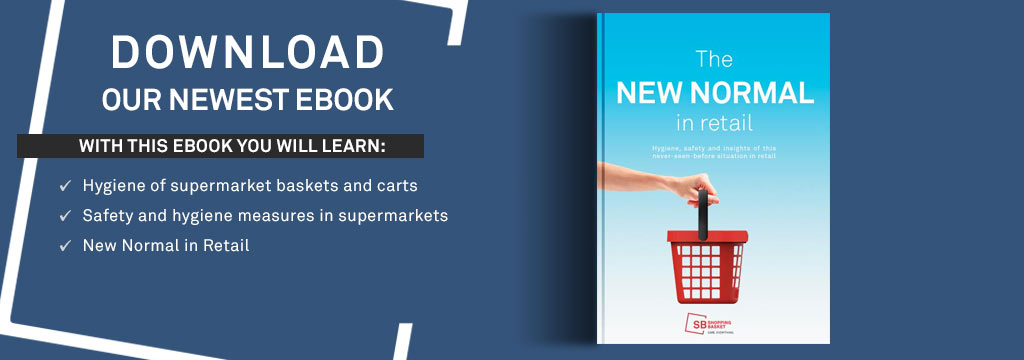
 Sign up for our newsletter and be the first to receive our articles!
Sign up for our newsletter and be the first to receive our articles!
